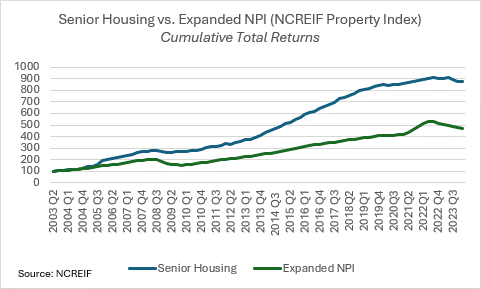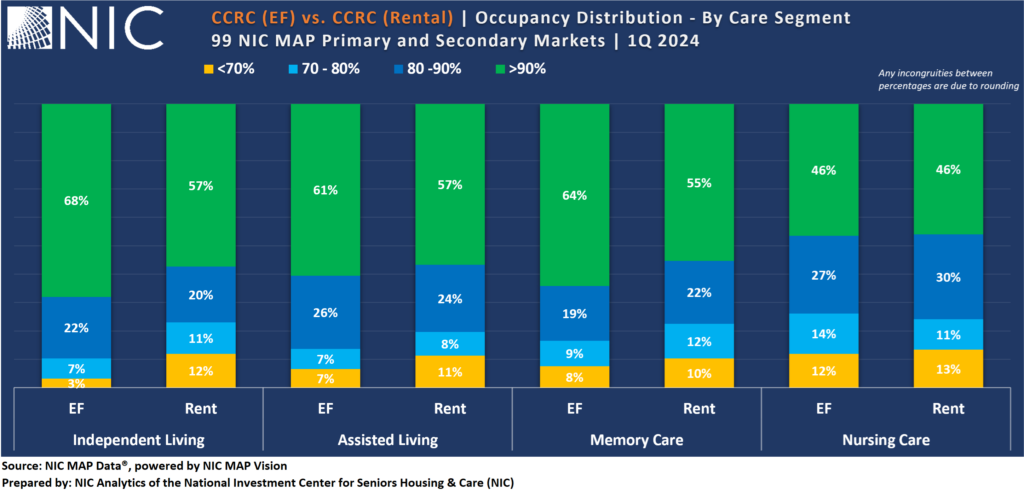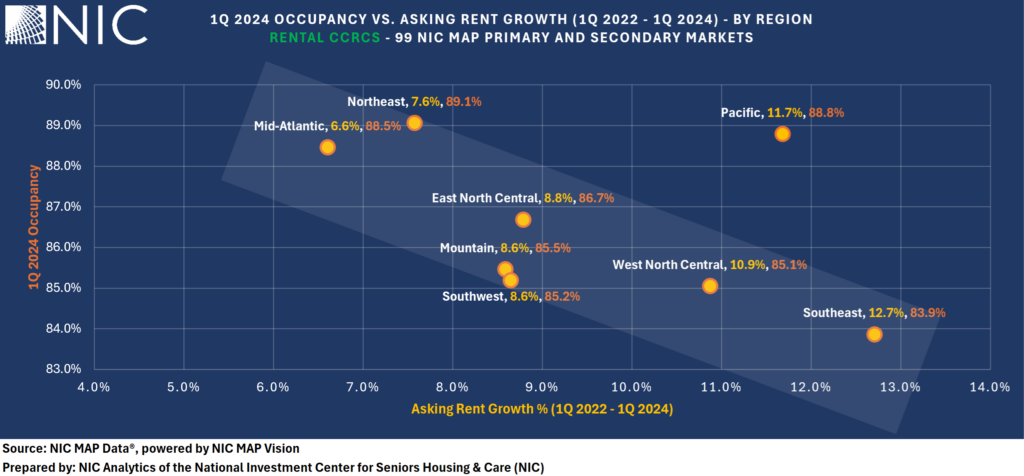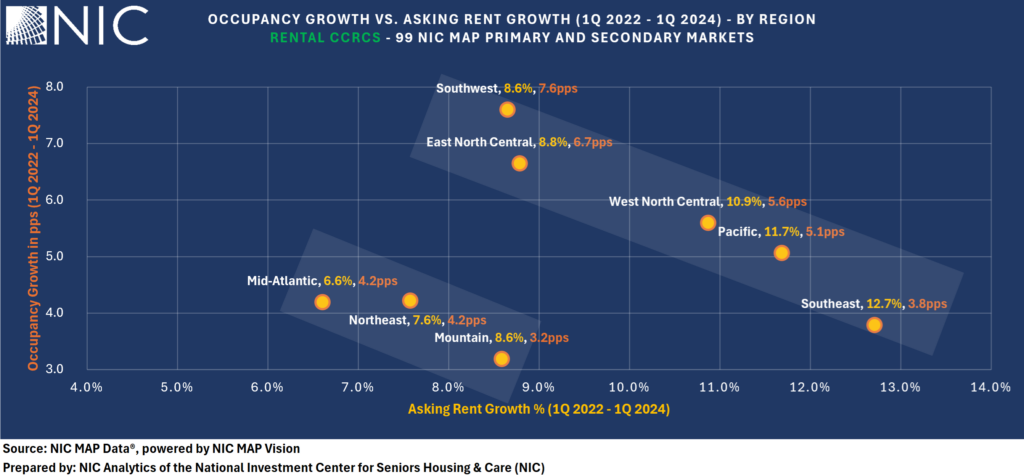Economist Swonk to Brief Attendees at 2024 NIC Fall Conference.
Evidence continues to mount that the Federal Reserve could cut interest rates as soon as this September, a move that would lower borrowing costs and interest expenses, and potentially boost capital expenditures in the senior housing and care sector.
The latest inflation report released July 10 showed that the June consumer price index (CPI) dipped 0.1% from May, the first time since May 2020 that the monthly rate declined. The 12-month inflation rate clocked in at 3%, less than the 3.1% forecast by economists.
With potential monetary shifts on the horizon, distinguished economist Diane Swonk will take the main stage to present a timely keynote address on the economy at the 2024 NIC Fall Conference (September 23-25 in Washington, D.C.). A globally recognized advisor to policymakers and business leaders, Swonk is currently the chief economist at KPMG.
“By the time the NIC Fall Conference convenes, CPI figures for July and August will have been released,” said NIC President and CEO Ray Braun. “We’ll see if inflation continues to ease and what that means for future decisions by the Federal Reserve.” He added that Swonk’s presentation on Sept. 24 will help Conference attendees gauge economic conditions as they plan for 2025.
Faced with continued worker shortages, industry stakeholders are also closely watching the labor market. In his semi-annual monetary policy report to Congress last week, Federal Reserve Chair Jerome Powell not only discussed declining inflation, but also a cooling labor market.
The unemployment rate rose to 4.1% in June, the highest rate since November 2021. The Federal Reserve’s mandate from Congress is to maximize employment and keep prices stable, targeting an inflation rate of about 2%. Rising unemployment would foreshadow an interest rate cut to spur hiring.
But Powell indicated in his testimony that more evidence was needed that inflation has been tamed before cutting interest rates. He did not specify that a rate cut is likely this year or give any hints about the timing of a possible cut.
Economists think a cut could come on Sept. 17 at the meeting of the Federal Open Market Committee, which determines interest rates. However, that prediction was clouded when the government announced that wholesale prices rose in June just a day after the encouraging news of the drop in consumer prices.
How will these factors impact senior housing and care?
Swonk’s keynote session will provide a comprehensive analysis of the current economic environment and its influence on the industry. She will explore rate policy, rate expectations and the impact of the upcoming elections on fiscal and monetary policies.
Attendees can also expect to hear Swonk address:
- Ongoing regulatory pressure on regional banks’ liquidity and its consequential restriction on the flow of debt capital.
- The role of the private credit market.
- Predictive indicators that signal changes in economic conditions.
- Strategies to navigate economic uncertainties and leverage knowledge to advance the senior care landscape.
To register for the 2024 NIC Fall Conference, click here.






